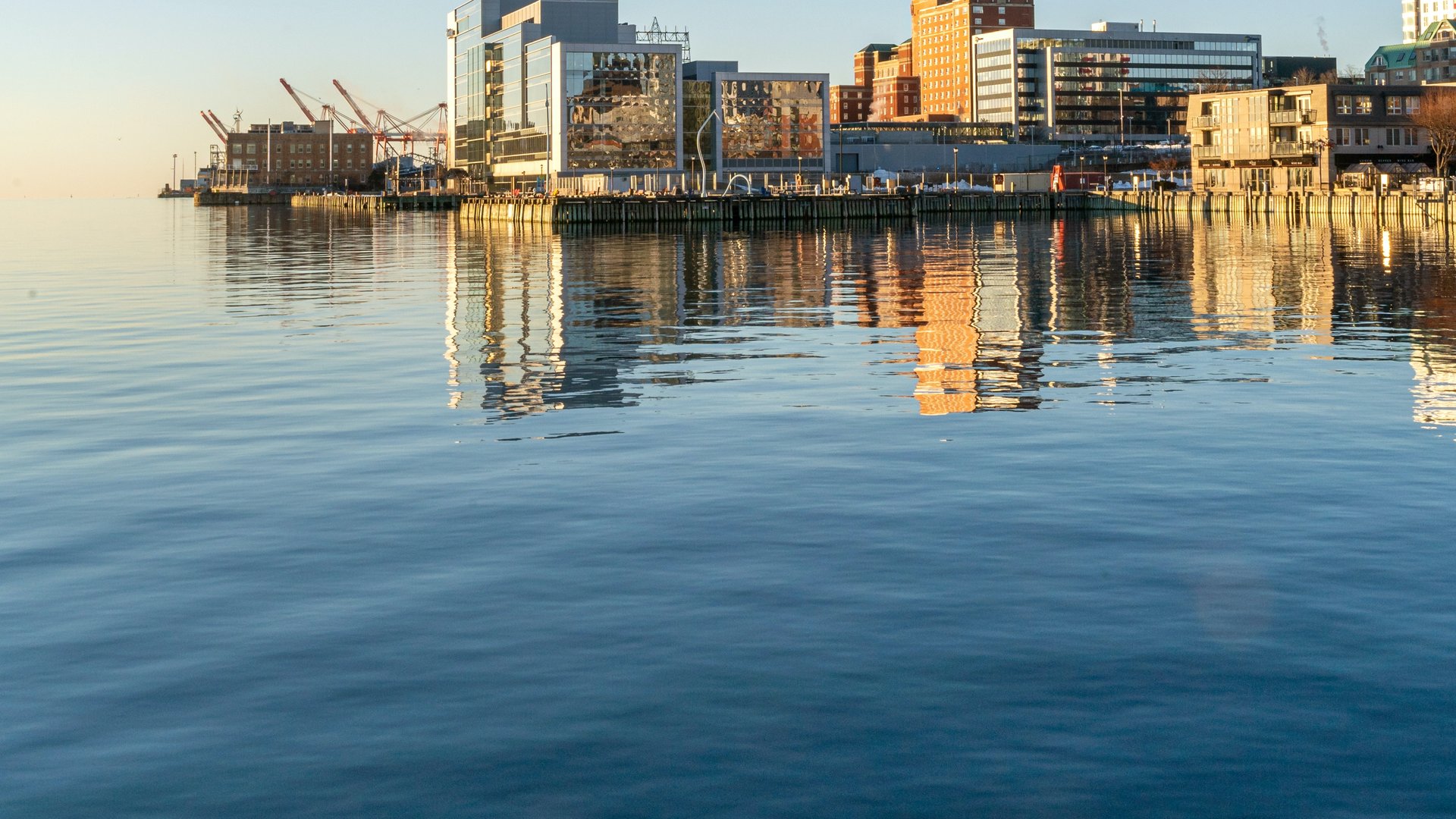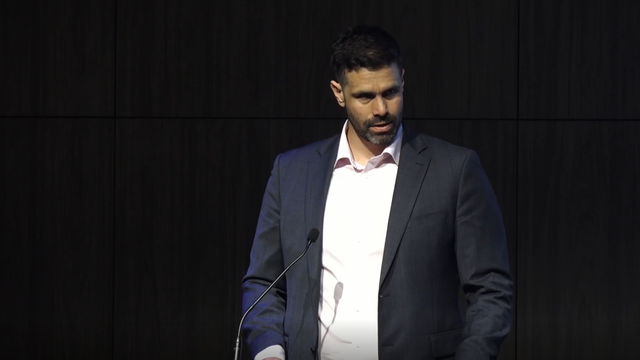

A diverse municipality
Governments of all tiers and all persuasions are responsible for looking after and preserving the land and waters that are within their jurisdictions. Whilst many governments have policies regarding the use of their territories, some take them more seriously than others. One that takes it very seriously is Halifax Regional Municipality (HRM) in Nova Scotia. Kate Greene, the Regional Policy Manager at HRM, says their area is quite small, covering only about 10% of the land area of Nova Scotia, and it takes just two and a half hours to drive the 200 kilometres from end to end, but they have a population of around 460,000 residents, which is just under half the population of all of Nova Scotia.
More importantly however, from a land preservation perspective, HRM is responsible for governing over 100,000 pieces of property. There are also over 1,000 lakes, streams and rivers, plus 23 major coastal shorelines. This includes significant swaths of untouched natural areas and coastlines. With all of this land and water, there are many regulations and processes that need to be adhered to, all of which are very complicated, so one of the things that prompted the current push towards data-driven solutions is the need to simplify this framework. Moreover, though the municipality expected population growth, it didn’t expect it to happen at the rate that it did. Between the 2006 and 2021 census periods, our population grew by 9%. Not only did the numbers increase, but we pride ourselves on being the second most gender diverse city in the country.
A regional plan for a growing region
HRM in its current format was created in 1996, following the amalgamation for four former municipalities. Ten years after the amalgamation, a regional plan was developed, which was the first comprehensive guide for growth. For a municipality like HRM, with a lot of complicated land and water bylaws, this document is extremely important because strong growth management and smart growth principles are embedded in the plan. It is also a living document, and currently we’re on our third iteration of the framework. The plan was created in 2006 to be active till 2031, and was then reviewed in 2014 and again this year. That’s not to say that work stopped on the plan in between those review periods. In fact, between 2014 and now, divisional plans were developed, including our open space and green network, our cultural plan, our road network and stability plan, and our climate change action plan. All of these had data included in them, and now that data is being merged with the overall regional plan to further adjust the settlement pattern based on those findings.
Ultimately the regional plan is focused on scaling and growth, so the data is designed to show how we are growing and where we should grow. To help answer these questions, mobility and decarbonisation data was also inputted. Together, all of this is our settlement pattern, so we evaluate how growth might impact with those targets or might interact with those targets. In 2006, the growth rate was around 1%, and the whole municipality was broken up into the regional centre (ie: the core), suburban communities and rural areas. Whilst in 2006 it was suggested that only 25% of growth should be targeted in the core, by the time of the next review, our council determined that it would be more beneficial to focus most of the growth in the regional centre. In fact, scenario testing suggested that concentrating growth in the core would result in $670 million in taxpayer savings, which was music to the ears of our municipal governors. So growth in the core became not just a population increase imperative, but a way to protect the long-term fiscal health of the municipality. So the focus for the last few years has really been on strengthening the downtown and the core. As a result, the growth rate has doubled, like many cities in Canada, but that also meant that the third iteration of the regional plan in 2022 is much more focused on housing and affordability, and all the different pressures that we’re all experiencing.
Growth and scenario planning
In order to grow, the municipality began scenario planning in 2014. At the time, we were not meeting our growth targets. There was pushback about where and how to grow, and against density. The first scenario planning report was forward thinking and it showed that there were three ways to value an organization: the relationship to service and infrastructure delivery, the relationship to private citizens and how they experience the city, and the relationship to social and health benefits. This was a new way of thinking, and also showed that most of these measures were not linear. For instance, a beneficial service that is only available on one side of the city might be outweighed by the time it takes for citizens to travel to access that service. Growth is important, but ensuring that that cities and the people in them have healthy lifestyles that work for them, is more important.
This kind of planning, which was achieved by what would now be considered as a forerunner to a digital twin, really helped Council decide to double down on focusing growth in the regional centre. As such, there’s been a shift in land use policy which enabled significant growth in the core. In downtown alone, there have been more than 20 new buildings constructed since 2009, most of them high-rises that capitalize on a shift in housing preferences. The growth was so dramatic that between 2016 and 2021, downtown Halifax grew at the fastest pace of all downtowns in Canada, growing by 26.1%.
Though the intensified growth has slowed down, today we are focused on reimagining the suburbs. All data suggests that we have to locate most new housing and jobs where people can easily access our future rapid transit network. Using the same scenario planning as before, there is now a ten-year plan on how the rest of the city and suburbs will grow, and which areas need to grow first, and even if there’s enough room to keep up with our new rates of growth. The planning takes into account shifts in migration, housing needs, vulnerable groups, income and affordability. The next phase is to also incorporate real-time data associated with natural assets and a reduction of carbon.
“We want to consider the cumulative impacts of settlement decisions and their interdependencies, and also how space and time interact, and how land use changes the impact and the functioning of the city over time.” - By Kate Greene, Regional Policy Manager, Halifax Regional Municipality (HRM)
The perception in government is that policy change takes a long time, and while that may be true in some areas, when there is a focus and a goal, then policy-making is active and dynamic, with change and learnings being constants. Plus, though policy is often portrayed as being complex, the parameters driving it are fairly simple, but the policy-makers and Councillors often have a fear of the complexity. As such, for the changes to be even more reflective of community expectations, we need software that is designed to be flexible and allows for continual adjustment and reformulation. Though this exists, it needs to be constantly updated and modernized. Moreover, the software needs to be reflective of the community too, and underrepresentation won’t be addressed by data focused on the masses. We need new ways of working with diverse populations to assess how to evaluate land use decisions. Some of these ‘new’ ways of working might include stories, photos or other visualizations that are powerful in shaping ideas. When there is clear and open communication for everyone, then ideas can grow even more.
Featured speaker:
- Kate Greene, Regional Policy Manager, Halifax Regional Municipality (HRM)
Want to learn more about how Halifax and Nova Scotia are reimaging their future city strategies? Check out our upcoming Future Cities Roadshow

































